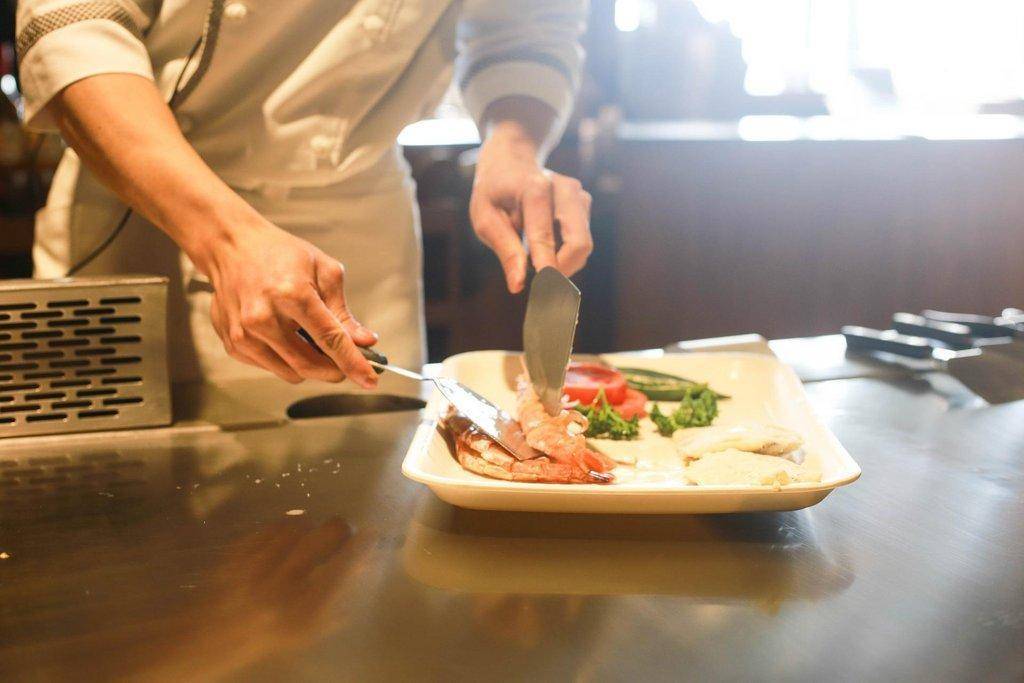Economic relief prioritized for underserved communities
Press Release
SALT LAKE CITY – The U.S. Small Business Administration officially launched the Restaurant Revitalization Fund landing page, where business owners can learn all about the program details, who can apply, when and how to apply, and information on funding amounts and allowable uses for funds.
Utah District Director Marla Trollan speaks out about how “The Restaurant Revitalization Fund is here to help the hardest-hit and the smallest of businesses, not only restaurants but bakeries, caterers, food trucks and breweries. We understand that our restaurants are struggling to survive and need this relief to stay open and recover from the pandemic. The SBA is working hard to make sure the RRF program is as streamlined as possible and not burdensome to our business owners.”
WASHINGTON – SBA Administrator Isabella Casillas Guzman recently announced key details on application requirements, eligibility and a program guide for the Restaurant Revitalization Fund (RFF). The restaurant industry has been among the hardest-hit sectors during the economic downturn caused by the COVID-19 pandemic. To help bring jobs back and revive the industry, the American Rescue Plan, signed into law by President Joe Biden, established the $28.6 billion Restaurant Revitalization Fund at the U.S. Small Business Administration (SBA). The SBA will administer the funds to the hardest-hit small restaurants.
“Today, we are starting the process to help restaurants and bars across the country devastated by the pandemic, and this is our message: Help is here. With the launch of the Restaurant Revitalization Fund, we’re prioritizing funding to the hardest-hit small businesses – irreplaceable gathering places in our neighborhoods and communities that need a lifeline now to get back on their feet,” said SBA Administrator Isabella Casillas Guzman. “And, thanks to clear directives from Congress, we’re rolling out this program to make sure that these businesses can meet payroll, purchase supplies and get what they need in place to transition to today’s COVID-restricted marketplace.”
Administrator Guzman emphasized, “We’re also focused on ensuring that the RRF program’s application process is streamlined and free of burdensome, bureaucratic hurdles while still maintaining robust oversight. Under my leadership, the SBA aims to be as entrepreneurial as the entrepreneurs we serve – and that means meeting every small business where they are, and giving them the support they need to recover, rebuild and thrive.”
Under this announcement, details on application requirements, eligibility and a program guide are now available in English at www.sba.gov/restaurants or in Spanish at www.sba.gov/restaurantes.
Ahead of the application launch and over the next two weeks, the SBA will establish a seven-day pilot period for the RRF application portal and conduct extensive outreach and training. The pilot period will be used to address technical issues ahead of the public launch. Participants in this pilot will be randomly selected from existing PPP borrowers in priority groups for RRF and will not receive funds until the application portal is open to the public.
Following the pilot, the application portal will be opened to the public. The official application launch date will be announced at a later date. For the first 21 days that the program is open, the SBA will prioritize reviewing applications from small businesses owned by women, veterans, and socially and economically disadvantaged individuals. Following the 21-day period, all eligible applicants are encouraged to submit applications.
The groundwork for this announcement is the result of a comprehensive effort to reach out to diverse stakeholders in order to understand the needs and barriers restaurants face in accessing emergency relief aid.
“Local restaurants and bars are being served very good news today,” said Erika Polmar, Executive Director of the Independent Restaurant Coalition. “These guidelines were crafted by the SBA after conversations with independent restaurant and bar operators across the country. We are grateful to the SBA for their hard work to make this process as accessible as possible in a short period of time. It is clear the SBA and the Biden Administration care deeply about ensuring businesses struggling the most can quickly and effectively use this relief program, and we look forward to continued conversations and collaboration to ensure this fund works as intended for the independent restaurant and bar community.”
Community business leaders from underserved communities also welcomed RRF assistance as much-needed economic relief and are working with their broad membership bases to navigate the grant application process.
“In addition to historically having less operating liquidity and revenue than almost any other small business demographic, black-owned restaurants received significantly less stimulus funding during the COVID-19 pandemic, heightening challenges and leading to disproportionate closures,” said Ron Busby, Sr., president and CEO, U.S. Black Chambers, Inc. “The USBC believes this initiative and collaboration with the SBA will bring needed resources and relief to these often underserved businesses to aid in stabilization, recovery and ultimately, strengthen our economy.”
In addition to restaurant groups and leading advocacy groups for underserved business communities, the SBA has engaged national and state trade associations, and other small business stakeholders in recent weeks to understand their concerns about relief programs.
“Small and independent craft breweries are vibrant community gathering places that can be found in nearly every congressional district in the U.S. and contribute to manufacturing, hospitality, retail, tourism and agricultural industries,” said Bob Pease, president and CEO, Brewers Association. “We are pleased to work with the SBA to promote the Restaurant Revitalization Fund landing page and its available resources, and assist the breweries hit hardest by COVID-19 secure much needed additional relief to help them survive the pandemic and prepare for the restart of the economy.”
At all levels, the SBA will continue engaging with stakeholder communities to inform and design delivery of financial assistance programs. As the SBA builds and prepares to roll out the program, this dedicated SBA website is the best source for up-to-date information for eligible restaurants interested in the RRF.

